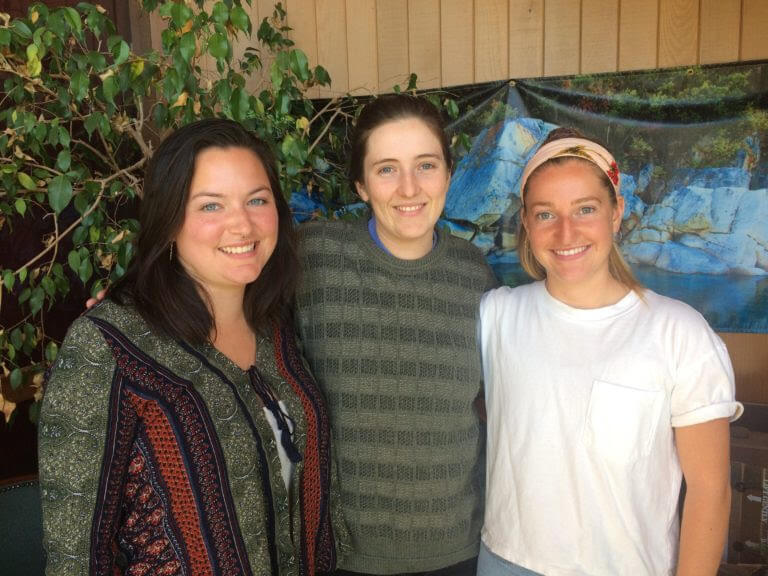From a young age, I’ve felt compelled to learn as much as I can about the animals around me. While many of my friends were into things like lions and bears, I was fascinated by the creepy crawlies in my own backyard. We lived in a small suburb at the time and a developing neighborhood. The green space was all around us, so the animals were plentiful. I frequently delighted in “catch-and-release” of tree frogs and lizards that lived just off my front porch.
As time went by, the city grew, and my favorite creatures began to disappear. It was becoming more and more difficult to even find a tree frog, much less catch one. By this time, I was just entering high school and learning about ecology and conservation for the first time. The more that I learned, the more I began to realize that the places I used to find those species were becoming uninhabitable for them, which I concluded was why I was seeing them less frequently.
Part of me wanted to justify that it was okay that the animals we were used to seeing were disappearing. They probably had another counterpart that filled the same niche as they did, so why did it matter that we lost them? It was not until college that I learned about the rivet hypothesis. The rivet hypothesis describes an analogy of species to a wing on an airplane. There are many rivets that work to keep the wing attached to the airplane. They all serve the same function, and fill the same “niche”, if you will. If you lose one, the wing is probably not really in danger of falling off. However, if you lose many, the wing will most definitely fall off and result in a plane crash. If we treat the plane as an ecosystem and each rivet as a species that fills a similar niche, we find that redundancy is not necessarily a bad thing. While many species may fill similar roles in an ecosystem, we really need all of them to keep the ecosystem from crashing and burning.
Around the same time that I learned about this, I joined a student organization that focused on advocating and educating about the importance of diversity and inclusion of people from different backgrounds on campus. While I had been previously fixated on the importance of biodiversity, I realized that diversity in human populations is just as important. I found myself with two passions, one for the environment and one for social justice.
I tried to follow what I thought in my gut was what I had always wanted to do in working in conservation doing research. I frequently felt frustrated feeling like I wasn’t making much of a visible difference and craved the interaction with people that I was so lacking. In addition to this, I began to realize how uniform the workforce was in natural resources. As much as we preached for preservation of biodiversity, the diversity of humans was severely lacking.
I felt compelled to do something to better our world. I began looking for other positions and stumbled upon the Sierra Nevada AmeriCorps Partnership. I feel honored to have been chosen to serve 11 months as the Education and Outreach Coordinator at South Yuba River Citizens League (SYRCL), an organization focused on preserving nature through community action. For the first time in a while, I feel like I am where I am supposed to be. Working with the community has been a wonderful experience and being able to do outreach to people of all backgrounds to get them involved with caring for the environment is a gift that I could not be more grateful for. At SYRCL we say that we believe that people can save a river. With the beliefs I’ve built up over time, I don’t think I could agree more. I will continue to push for the preservation of diversity across the board, whether it’s in species, habitat, or people.
The Sierra Nevada Alliance is a proud to administer the SNAP Program, which helps strengthen conservation efforts across the Sierra by providing work force capacity support. SNAP Members are Alliance staff placed to serve, annual terms, at over 16 conservation sites across the Sierra. Project work at each site is implementing prioritized watershed projects ranked through a competitive application process. Many SNAP Members go on to become conservation leaders in the region and state. While the Coronavirus has affected many, SNAP Members continue to serve their host sites either from home, or in some cases, in the field providing essential field work.


